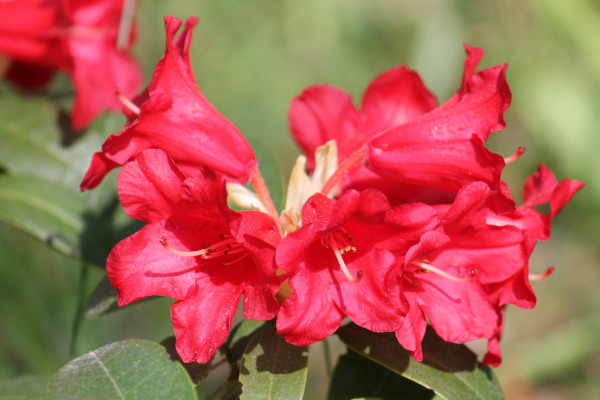How to grow Rhododendron
These popular woodland plants can be evergreen or deciduous and are grown for their brightly coloured flowers, usually borne in spring. There are many different species and thousands more hybrids, encompassing almost every flower colour imaginable and in forms ranging from dwarf patio shrubs to enormous trees and everything in between.
While rhododendrons were previously classed separately from azaleas, they now fall under the same genus. See our table below for how to distinguish between the two.
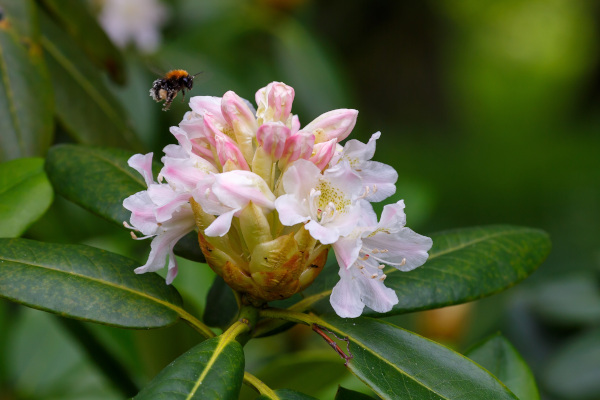
Zantedeschia is a genus of flowering plants from the family Araceae and is native to southern Africa. With a rich history dating back to the Ancient Romans, these deciduous or semi-evergreen perennials have been used as a symbol of celebration. Zantedeschia was Named after Professor Giovanni Zantedeschia, an Italian botanist.
There are two main forms of Zantedeschia: hardy and tender. Hardy forms of the plant can be grown outdoors, enjoy moist soil and full sun or partially shaded conditions - these are known as Arum lilies. Tender forms of Zantedeschia prefer being grown in containers or pots and should be brought inside over the winter - these are known as Calla lilies.
With tuberous flora in all colours from whites, yellows and oranges to deep reds and purples, Zantedeschias are not to be overlooked in any garden, as long as they have sufficient sunlight to grow in.
Ready to learn more about growing Zantedeschia? Read on for all there is to know...

Key Information
Soil pH
Position
Hardiness

|
Rhododendron
|
Azalea
|
Foliage appearance | Large, thick, and leathery | Smaller, thin, and often with a fuzzy coating of fine hairs |
Size | Often large shrubs | Tend to remain smaller, bushier plants |
Flowers | Large; produced in generous clusters; 10 stamens. | Smaller; clustered in groups of around three; 5 stamens. |
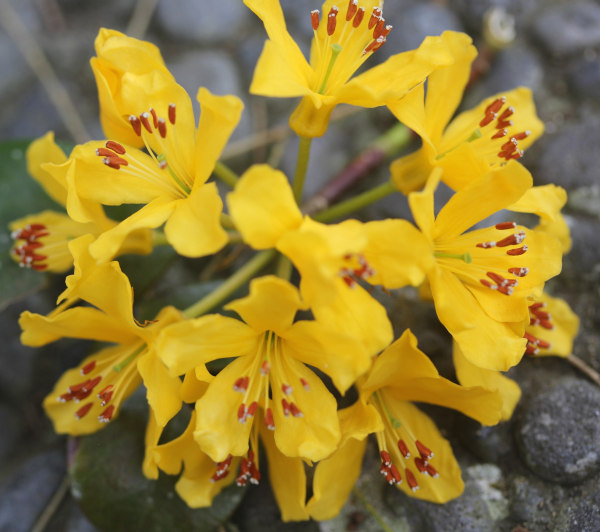
Where & when to plant Rhodanthemum
Position - Light, dappled shade is ideal, with shelter from strong winds. A more open, sunny site will be tolerated as long as it is sheltered and the soil remains moist.
Soil - Moist, well-draining, humus-rich, acidic soil
Flowering Period - Spring into early summer
Hardiness - Hardy enough to withstand the average UK winter. Can range from H4 rated (-5°C to -10°C) to H7 (-20°C and below) depending on the species or cultivar.
In theory, container-grown rhododendron can be planted at any time of year, though for best results go for autumn or spring. An autumn planting can be done by those gardening in mild conditions (and broadly speaking, this is the southern half of the UK). For those liable to cold winters, it is best to wait until spring (generally the northern half of the UK). Planting can also be carried out in summer, though be prepared to water regularly.
These are acid-loving plants, so if your soil is on the alkaline side, we recommend you grow rhododendron in a container (choosing a suitably small variety such as Rhododendron ‘Bengalen’, or any of the Geisha or Bloombox series). Otherwise, aim for the dappled shade found at the edge of a woodland garden or beneath taller deciduous trees. Deep shade is best avoided, as are frost pockets and exposure to the early morning sun. This may sound a little complicated, but once you’ve found the right spot these flowering shrubs are spectacularly low maintenance and put on a reliably impressive display.
How to plant Rhododendron
- For planting in the ground, dig the soil area removing any large stones and weeds and breaking up any lumps. Mix in some organic matter with an acidic pH, such as ericaceous compost, composted pine needles, or leaf mould. If your soil is very heavy, now is also the time to add a generous helping of horticultural grit. Rake level and firm with your heels. Rake level again.
- Water plants well and allow to drain before planting.
- A good tip is to dig a hole twice the size of the root-ball. Fill with water and allow to drain before placing in the plant.
- Place the plant in the hole, ensuring the top of the root ball sits level with the surface of the soil. It is important not to plant rhododendron too deeply as they are surface rooting.
- Backfill with soil and firm in gently with your foot.
- Soak well with water.
- Mulch around the base with ericaceous compost, composted pine needles, or leaf mould.
- For planting in containers, first choose an appropriately sized pot. The best practice is to start just a few centimetres larger than the rootball and increase in size every year or two. Always ensure there are plenty of drainage holes in the bottom.
- If you are using a large or heavy pot, it can be a good idea to fill and plant it in situ to save yourself the trouble of moving once full.
- Use a ericaceous compost with plenty of horticultural grit mixed in, and, if not already present in the compost (check the description on the bag) some slow-release ericaceous fertiliser granules.
- Start by partially filling the pot with compost; enough so that when placed on it the upper surface of the root ball is about 3cm lower than the top of the pot.
- Infill all the space surrounding the root ball with compost, firming down with your fingers then adding a little more so the plant is held tight.
- Pick up the pot (if you can!) and lightly tap on the potting bench or ground a few times to help further settle the compost around the plant.
- Soak well with water.
- A mulch with horticultural grit will look attractive and help to prevent a ‘cap’ or crust forming on the top of the compost (something container plants can suffer due to the artificial nature of their watering).
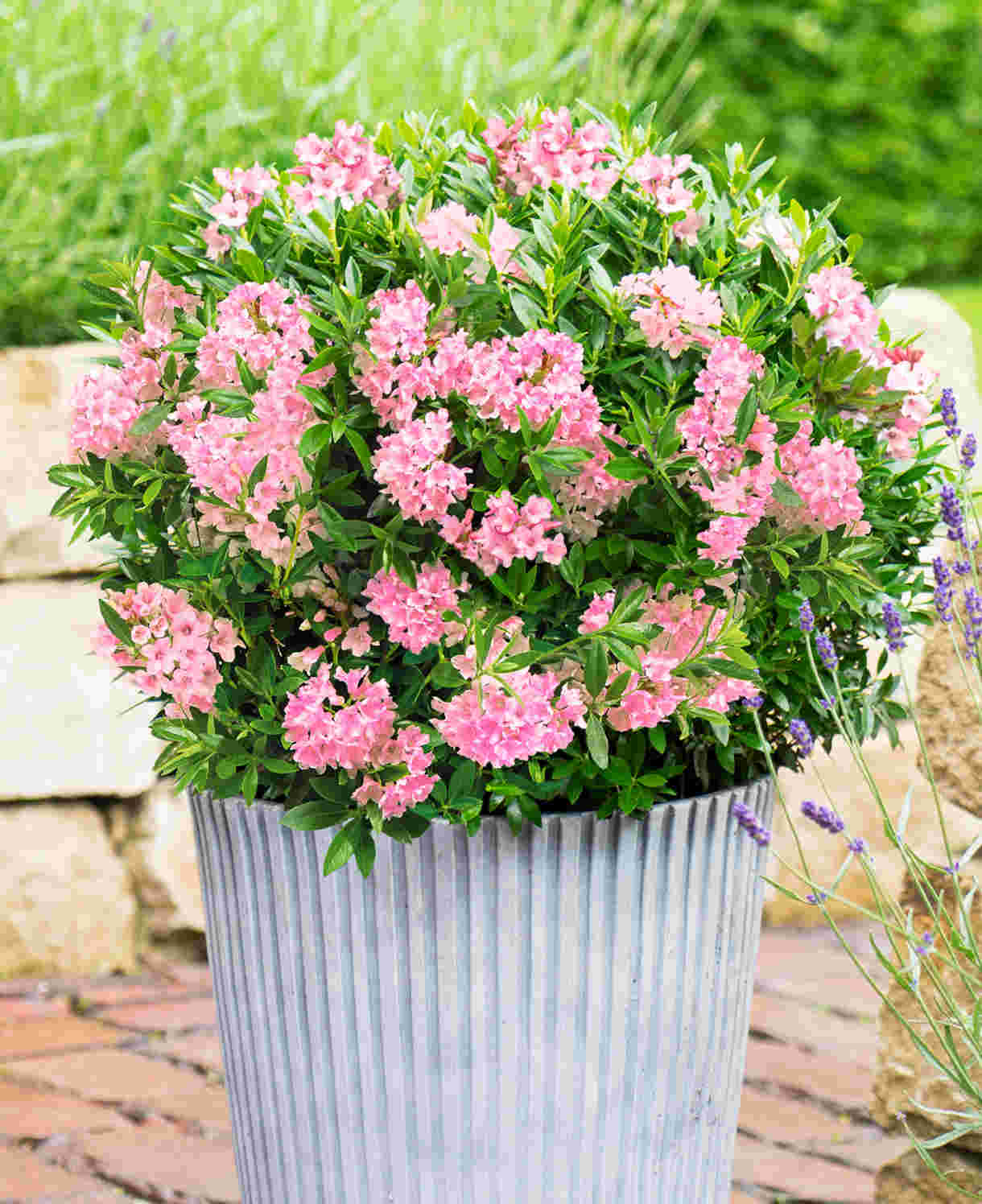
What to plant with Rhododendron
If you have the acidic conditions needed to grow rhododendron, a whole range of spectacular acid-loving garden plants is also at your fingertips. Camellia, hydrangea, enkianthus, physocarpus, hamamelis, clethra, and vaccinium are just a few trees and shrubs to get you started. For a lower storey of perennials at ground level, try lithodora, liriope, ophiopogon, and stokesia.

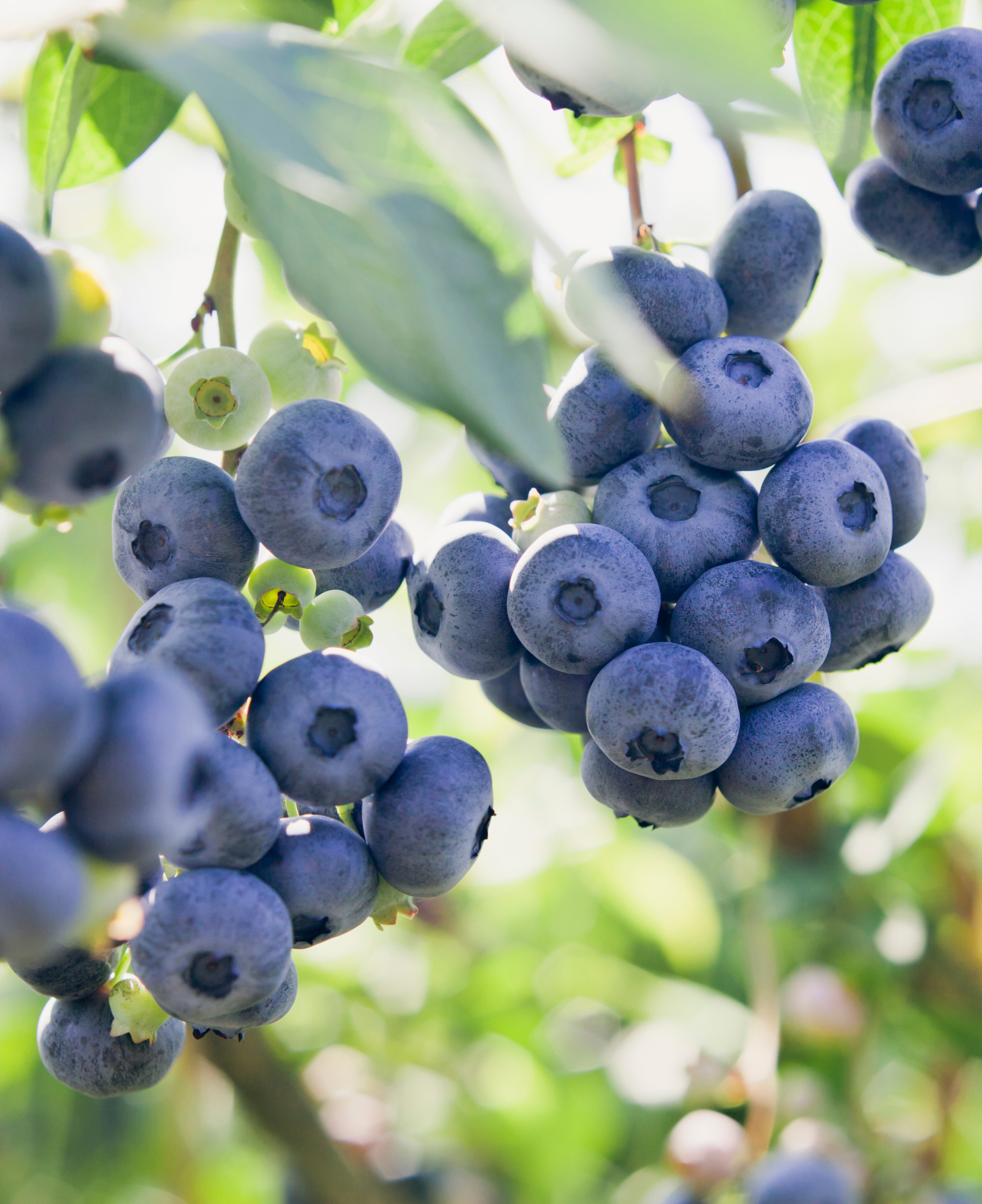

How to care for Rhododendron
Pruning and Deadheading
Rhododendron require little to no pruning. If you wish, you can remove spent flowers to improve the appearance, although this is not essential. Any dead, diseased, damaged, or crossing branches can be removed after flowering.
For rhododendrons which have become too large, a hard prune in spring can give good results, cutting the whole thing back leaving a stump about shin height. Please note this is more successful for some species than others. Deciduous azaleas and rough-barked rhododendrons tend to respond better than smooth-barked kinds.
Watering
Rhododendrons are naturally thirsty plants which grow best in wetter regions and are therefore unlikely to thrive in drier parts of the country.
Like most woody plants, rhododendron should be regularly watered during their first year or two in the ground, aiming for consistently moist but not soggy soil. Rainwater is best, as tap water can contain calcium which reduces soil acidity. However, tap water is better than nothing if this is all you have available. Once established, rhododendron should require watering only in very hot, dry conditions. Keep a particular eye on any which are grown in more open, sunny sites as these can dry out quickly.
Container-grown rhododendron have less access to moisture so need regularly watering throughout every growing season. Allowing the top couple of centimetres of compost to dry out between watering is a useful rule of thumb to help avoid overwatering. Use your finger inserted into the compost to check this. From mid-autumn, the British climate tends to take over watering needs, though do remember to step in in the event of an unseasonably dry spell. Rhododendrons will struggle if you allow them to dry out at any point.
Feeding
To get them off to the best possible start, feed rhododendron for their first few years in the ground, with a ericaceous feed applied to the surface of the soil and lightly worked in (known as a ‘top dress’). This is best done in late winter to early spring, followed by a mulch of acidic organic matter, i.e., a layer of ericaceous compost, composted pine needles, or leaf mould applied to the soil around the plant. This has the added benefit of suppressing weeds and locking in moisture.
Once your rhododendron is well established, an annual mulch should provide sufficient nutrients, however, apply a top dress as above if ever you feel an extra boost is needed.
Container-grown plants rely even more on the gardener for nutrition. Start by making sure you use a good quality ericaceous compost, then from March to September apply an ericaceous liquid feed at regular intervals according to the manufacturer instructions. An annual top dress is also advisable. Each spring, scrape off the top 5cm of compost and replace with fresh compost containing ericaceous feed.
Cold Protection
Rhododendron are hardy and, if grown in the right conditions, should withstand an average UK winter without any additional protection. Having said this, there are different degrees of hardiness, and some cultivars are less hardy than others. Those with a hardiness rating of H4 can cope with temperatures dipping to between -5°C and -10°C, so may struggle in very harsh winters, particularly if they are exposed to cold, drying winds. These rhododendrons make more vulnerable container plants, and it can be worth wrapping their pots in bubble wrap, fleece, or hessian to protect the roots against frost. An example of a H4 rated rhododendron is R. ‘Horizon Monarch’.
Phlox with an H5 rating can withstand between -10°C and -15°C and should be fine in all but the most exposed spots. Again, protect those grown in containers. R. ‘Kokardia’, R. ‘Percy Wiseman’, R. ‘Nova Zembla’, and R. ‘Golden Torch’ all fall into this category.
Those rated H6 and H7 (i.e., the majority) can be relied upon to get through winter without concern. Protect container-grown H6 rhododendron in very cold, exposed areas. Otherwise, leave them to it!
Pests and Diseases
Container-grown rhododendron can be susceptible to attack from vine weevils.
In their adult form, vine weevils feed on the edges of leaves, causing a distinctive notching. While unsightly, this damage rarely causes problems, although it does serve as a red flag for greater issues to come. The adults are likely to lay eggs in the compost, leading to the far more harmful larval stage which, between the months of September and March, can eat their way through entire root systems, often killing plants.
Encouraging natural predators into the garden is the most sustainable line of defence. These include birds, frogs, toads, shrews, hedgehogs, and ground beetles. Evening, torchlit searches can also be very effective, allowing you to pick off and destroy the nocturnal adult forms of these pests. Once you have seen evidence of vine weevil on a plant, it is important to check the compost regularly for the white larval grubs – removing and destroying as many as you can.
In the open ground, rhododendron can fall victim to honey fungus, made more likely when planted near a heavily wooded area. This can be identified by dieback and sparse foliage, and unfortunately little can be done other than removing the affected specimen and replacing with a known resistant alternative.
How to propagate Rhododendron
Only straight species of rhododendron will come true from seed. As many of the specimens we grow in our gardens are named cultivars, this means cuttings or layering are the best methods of propagation.
Take semi-ripe cuttings in late summer using the current year’s growth. This should be firm and woody at the base, while still soft and pliable at the tip. Be aware that rhododendron cuttings can take several months or even up to a year to root.
- Choose non-flowering stems which meet the description above and gently pull away from the plant, aiming to take a little strip of bark with it from the main stem (known as a heel cutting). The ‘heel’ contains high levels of growth hormones that help promote rooting.
- Put in a plastic bag straight away to prevent drying out.
- Fill a pot (or several, if you have a lot of cuttings) with a perlite-heavy compost mix (at least 50% perlite).
- Remove lowest leaves and soft tip, leaving 2-4 leaves.
- If the remaining leaves are large, cut them in half with a sharp knife to reduce water loss through transpiration.
- Insert the cuttings into the compost and water lightly. Several cuttings can be put in the same container if there is enough space to do this without them touching.
- Place in a greenhouse or propagating unit if you have one or covered with a plastic bag on a windowsill if not (out of direct sunlight).
- Keep the cuttings misted and occasionally watered until they root (this can take up to a year). You will know this has happened when roots emerge out of the bottom of the container.
- Gently remove rooted cuttings and pot them into individual pots. Grow on in a cool yet frost-free environment such as an unheated conservatory, greenhouse, or cold frame, until they are large enough to be planted out following out ‘How to plant rhododendron’ guidance above.
Best done in spring or autumn, layering is a simple and effective technique which involves pegging a wounded stem to the ground to develop roots while still attached to the parent plant. It requires far less input than most other methods of propagation, largely leaving the plant to do the work.
- Choose a few flexible outer shoots that can easily be bent down to the surface of the soil.
- Make a 5cm long incision where the stem will touch the ground, ensuring you slice through a leaf bud.
- Insert a matchstick to wedge the incision open slightly.
- Dig a small, shallow trench where the shoot will touch the ground (adding a little grit if the soil is heavy).
- Peg the shoot into the trench using thick wire or a strong forked twig.
- Fill with soil, firm in, and water.
- Mark the spot with a cane. Roots can take 12 months to form, making it easy to forget what you have done and where...!
- When a good root system has formed, sever from the parent plant and either replant elsewhere or put in a pot for growing on.
* Many plants carry Plant Breeders Rights and cannot be propagated for commercial purposes.
Common Rhododendron questions
Are rhododendrons easy to grow?
Providing you can offer suitably acidic soil or compost and a spot which is sheltered from the wind, these flowering shrubs ask very little of the gardener while providing a dazzling annual floral display for many decades.
Do rhododendrons needs lots of water?
In a word – yes! These moisture-loving plants dislike drying out, so tend not to grow well in regions where summers are hot and dry.
Are coffee granules good for rhododendrons?
While putting coffee grounds around your rhododendron a handful of times won’t do any harm, doing so repeatedly can create a clogged-up barrier which impedes the natural flow of water, air, and microorganisms. Far better to add the coffee grounds to your compost or leaf mould pile and apply the end product to your rhododendron each spring.
